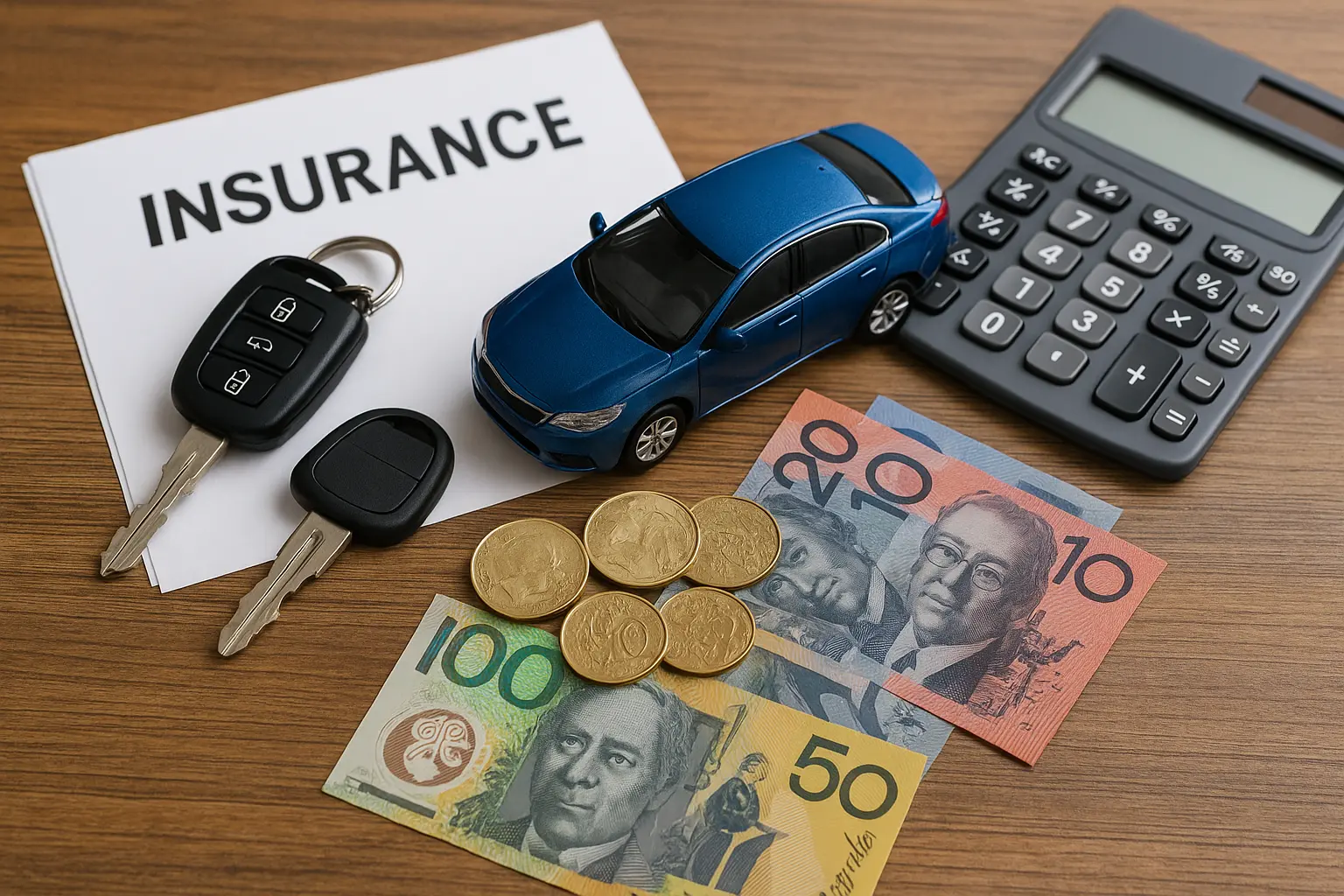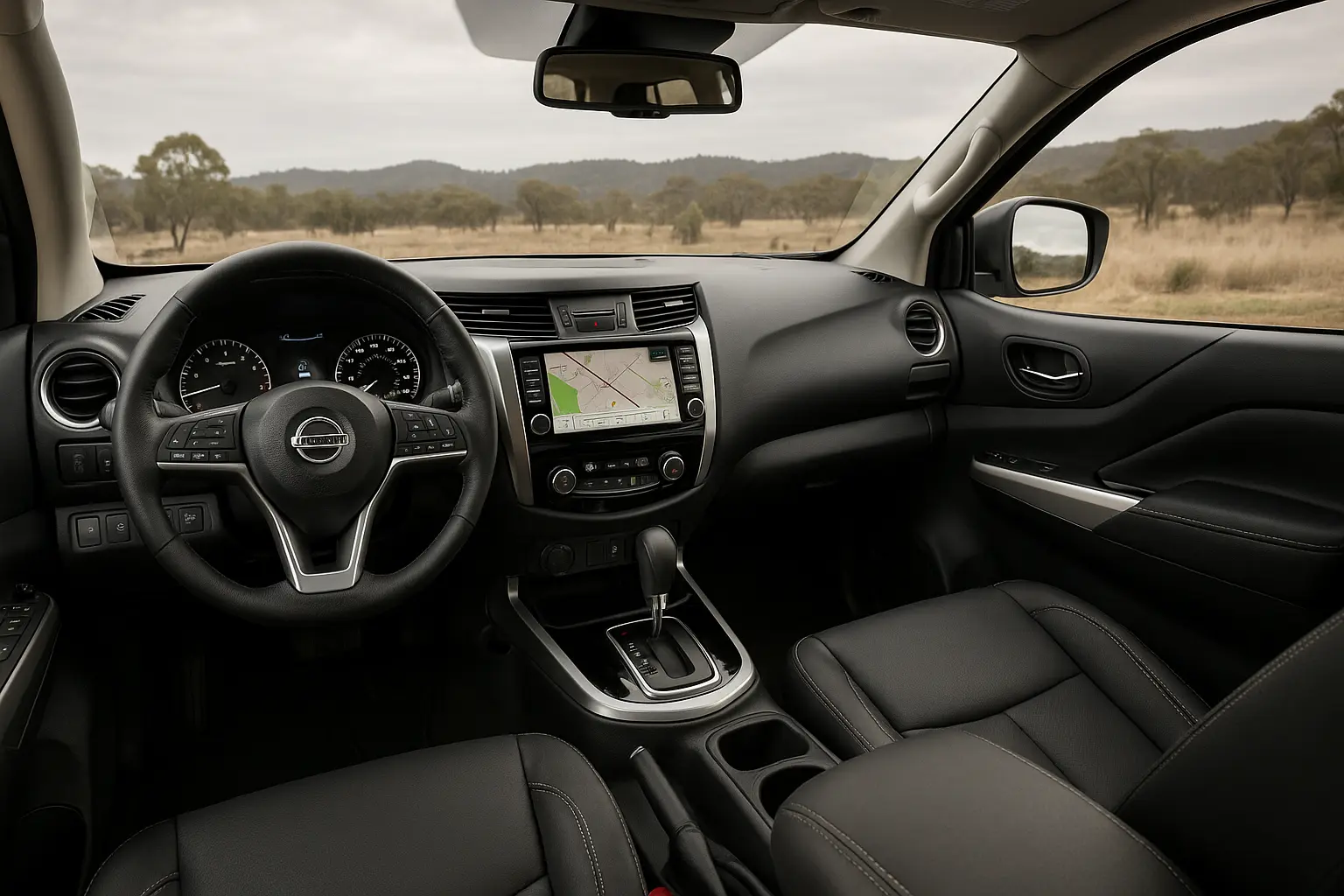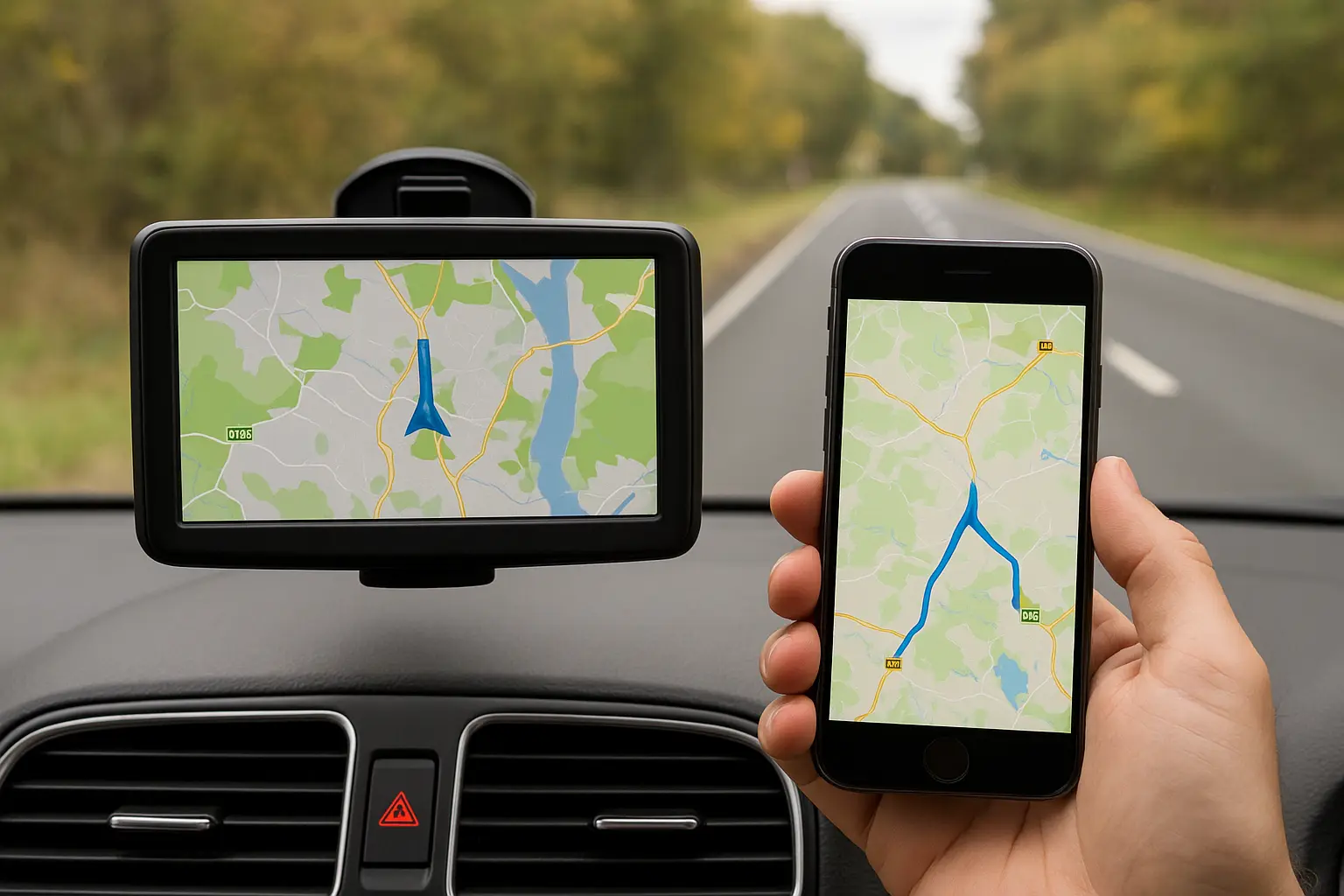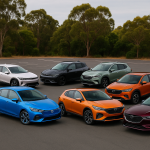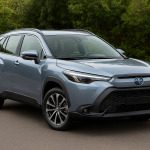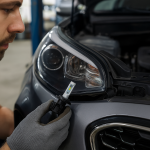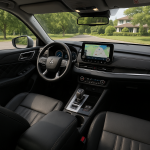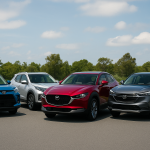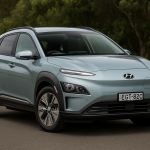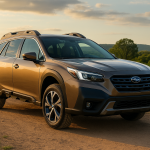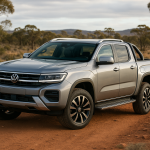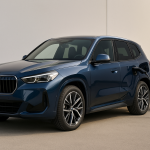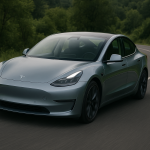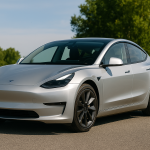Buying a car is one of the biggest financial decisions Australians make, second only to purchasing a home. But while many focus on the purchase price, the ongoing costs of ownership often surprise first-time buyers. Insurance premiums, servicing schedules, fuel expenses, registration, loan repayments, and depreciation all add up.
This guide breaks down car ownership costs in Australia so drivers can budget accurately, compare vehicles fairly, and avoid unexpected financial stress. Whether you’re considering a compact hatchback, a family SUV, or a rugged 4x4, the principles remain the same: owning a car costs far more than its showroom price.
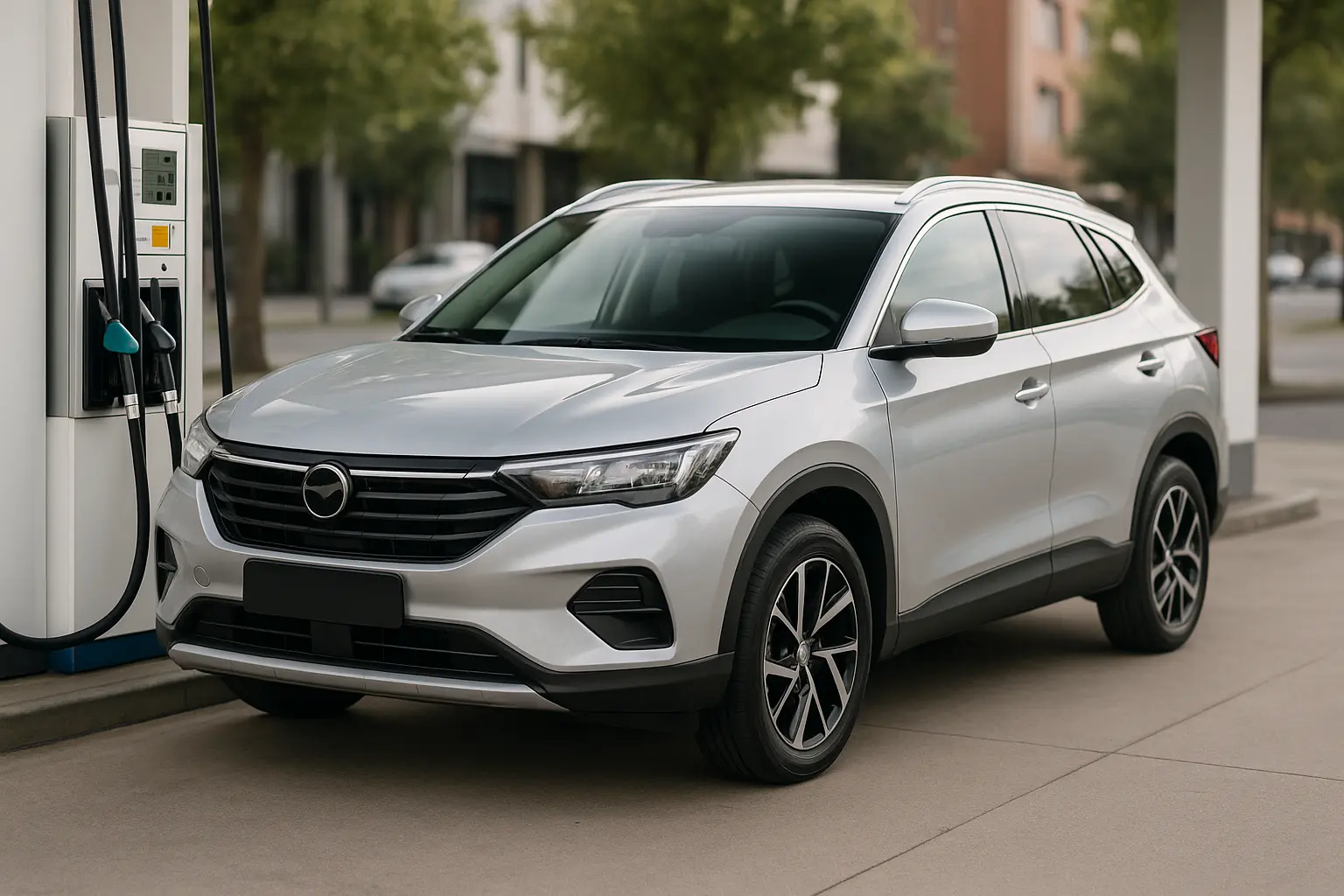
Key Components of Car Ownership Costs
Purchase Price vs. On-Road Costs
- Purchase price is the sticker price advertised by dealerships.
- On-road costs include stamp duty, registration, number plates, compulsory third-party insurance (CTP), and dealer delivery fees.
For example, a new $35,000 hatchback can easily climb to $38,000–$39,000 once on-road costs are added. In luxury or high-performance cars, dealer delivery charges alone can stretch past $3,000.
Insurance Premiums
Car insurance in Australia is not a “one-size-fits-all” expense. Costs vary by driver profile, location, and vehicle type.
- CTP Insurance (Compulsory Third Party): Mandatory in every state, covering injury or death to other people. Usually bundled with registration in NSW, QLD, and SA, while in VIC, WA, and TAS, it’s included in rego fees.
- Third-Party Property Insurance: Covers damage you cause to another person’s car or property. Often chosen by budget drivers.
- Comprehensive Insurance: Covers theft, fire, natural disasters, and damage to your car plus others. Premiums range from $900 to $2,000+ annually for most mainstream vehicles. Luxury and performance models can exceed $3,000.
Factors influencing premiums:
- Age and driving history (young drivers pay significantly more).
- Location (urban areas with higher accident or theft risk attract higher premiums).
- Type of car (SUVs and utes often more expensive to insure than hatchbacks).
- Usage (private vs. business use).
On average, Australian drivers spend $1,200–$1,800 per year on car insurance.
Fuel Costs
Fuel is the most consistent weekly expense. In 2025, Australians are paying between $1.70 and $2.30 per litre depending on location and fuel type.
Annual fuel cost depends on:
- Fuel efficiency: A compact hatch using 6.0L/100km will cost far less than a large SUV averaging 11.0L/100km.
- Distance driven: The Australian Bureau of Statistics reports the average driver covers about 12,100 km annually.
- Fuel type: Diesel is often more efficient for long distances, while premium unleaded can add 20–30c per litre compared to regular unleaded. EV owners face electricity charging costs instead, averaging $400–$600 annually when charging at home.
Example:
- A Toyota Corolla (6.0L/100km) at $2.00/L costs approx. $1,450 annually.
- A Toyota LandCruiser (11.0L/100km) at $2.00/L costs approx. $2,660 annually.
Maintenance and Servicing
Servicing schedules vary between brands, but most require a service every 10,000–15,000 km or 12 months, whichever comes first.
- Capped-price servicing: Offered by most mainstream brands, giving transparency.
- Luxury vehicles: Expect servicing costs to be significantly higher.
- Repairs and wear items: Tyres, brakes, and batteries can surprise with large bills.
Typical annual costs:
- Small hatchbacks: $300–$600
- Family SUVs: $500–$800
- Premium brands: $1,000+
Tyres alone can range from $400 (budget hatch) to $2,000 (performance SUV).
Registration and Licensing
Annual registration fees depend on state and vehicle type. In most states, rego falls between $700–$1,200 per year, which often includes CTP insurance.
In addition, driver’s licence renewal fees vary from around $100 for a 3-year licence to $300+ for a 10-year licence (depending on the state).
Loan Repayments and Finance
If you finance your car, monthly repayments significantly add to ownership costs.
- A $40,000 loan at 7% over five years will cost around $800 per month.
- Balloon payments, leasing arrangements, and novated leases change cost structures, sometimes making new cars appear cheaper upfront while increasing long-term costs.
Depreciation
Depreciation is the silent cost of car ownership. It represents the drop in your car’s value each year.
- Most new cars lose 30% of their value in the first three years.
- Utes and popular SUVs often hold value better.
- EVs are becoming more stable in resale value as demand increases.
For example, a $50,000 car may be worth only $35,000 after three years—an annual “cost” of $5,000.
Average Annual Car Ownership Cost in Australia
When you add it all up, the average Aussie driver spends:
- Insurance: $1,200–$1,800
- Fuel: $1,400–$2,600
- Servicing/Maintenance: $500–$1,000
- Registration/CTP: $800–$1,200
- Depreciation: $3,000–$5,000
- Finance repayments (if applicable): $9,000+ per year (for new vehicles on finance)
Total annual cost: $7,000–$15,000+ depending on car type and usage.
How Costs Vary by Vehicle Type
Hatchbacks
- Cheapest to run.
- Insurance: lower premiums.
- Fuel efficiency: excellent.
- Best for city commuters, students, and budget-conscious buyers.
SUVs
- Higher fuel use, tyre, and servicing costs.
- Retain value well in the used market.
- Family-friendly but expensive to insure.
Utes and 4x4s
- Popular with tradies and rural drivers.
- Fuel: high consumption.
- Tyres: very costly.
- But often hold resale value exceptionally well.
Electric Vehicles (EVs)
- Lower running costs (fuel and servicing).
- Higher upfront price.
- Depreciation is improving with more mainstream adoption.
Strategies to Reduce Car Ownership Costs
- Shop around for insurance annually, as premiums vary significantly.
- Use fuel apps like FuelCheck or PetrolSpy to find the cheapest stations.
- Stick to capped-price servicing plans.
- Drive smoothly to reduce fuel consumption and brake wear.
- Consider buying a nearly new used car (1–3 years old) to avoid heavy depreciation.
- Explore EVs or hybrids if your driving suits them.
- Factor in resale value when choosing a model.
Conclusion: Budget Smarter for Car Ownership
Owning a car in Australia is both liberating and expensive. While the upfront purchase grabs attention, the ongoing expenses—insurance, fuel, maintenance, and depreciation—shape the true financial commitment.
For most Australians, planning for $7,000–$15,000 annually is a realistic estimate of ownership costs. By understanding each expense and making smart choices, drivers can enjoy their cars without being blindsided by financial strain.
If you’re weighing up your next car purchase, remember to look beyond the drive-away price. A little research and planning can save thousands over the life of your car.
Leave a comment
Your email address will not be published. Required fields are marked *


